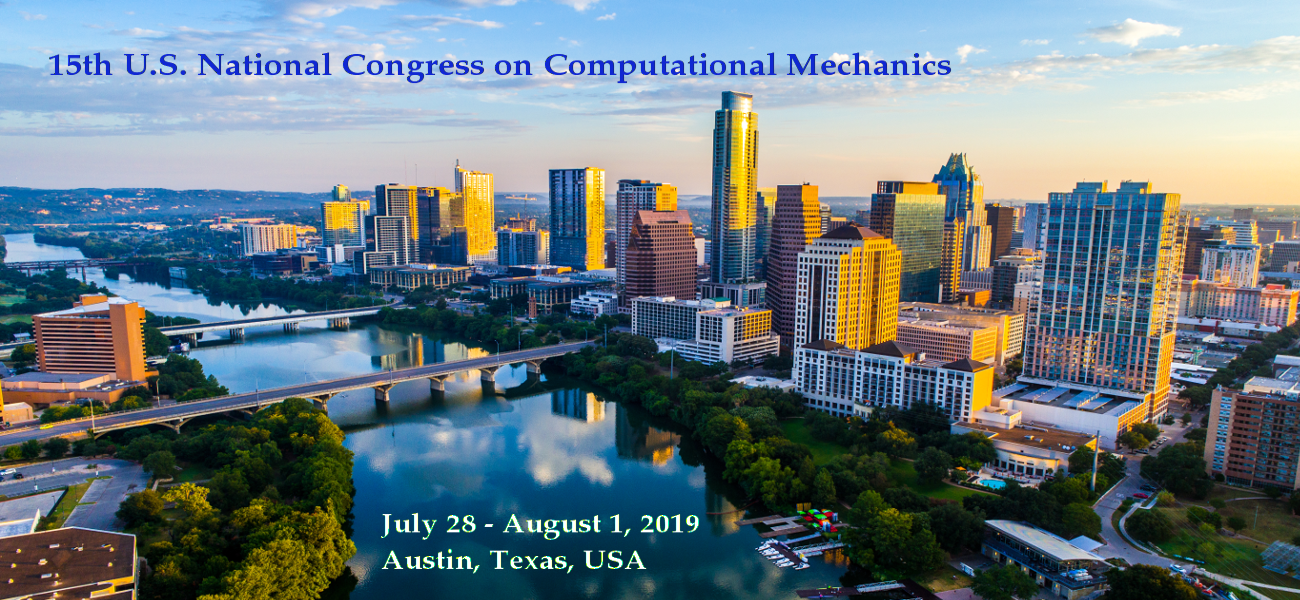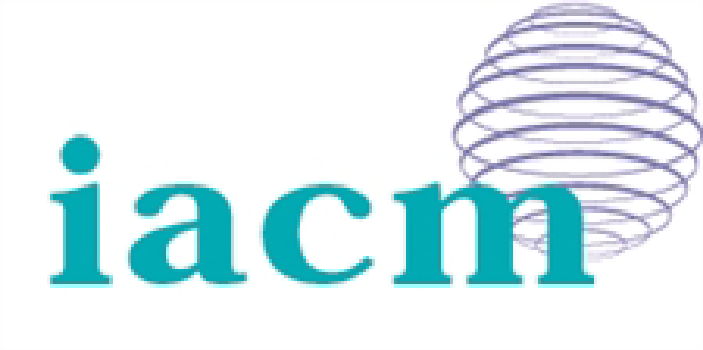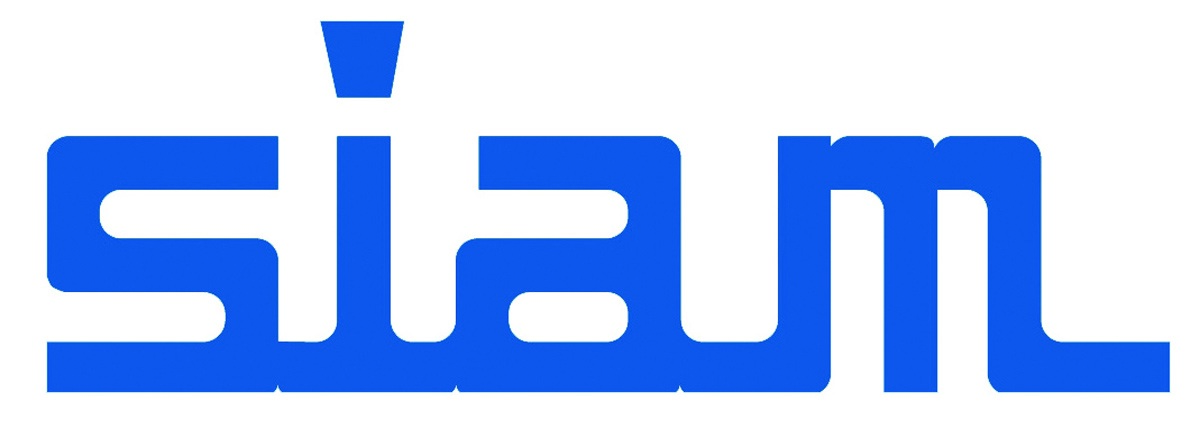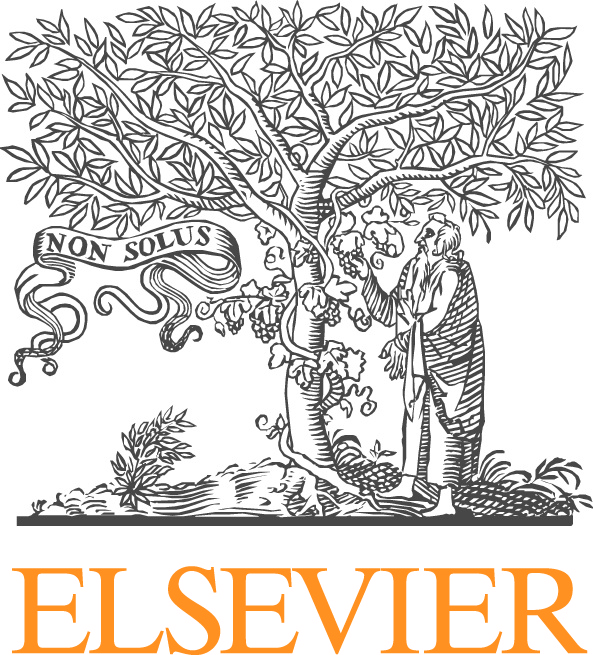Pania Newell, University of Utah
Fracture in porous media is of great concern in many scientific and engineer-ing applications. The coupling of solid and fluid may cause development of newfractures or discontinuities as well as enhancement of existing ones. Further-more, these fractures can influence the flow and the deformation patterns withinporous media. Numerous attempts have been made to investigate these coupled phenomena but controlling and predicting fracture in porous media remains asa challenge to this day. Multi-scale, multi-physics nature of fracture in porous media adds to the complexity of numerical and laboratory investigations. This session invites scientific and engineering contributions to this field by improving or developing computational methods, including but not limited to:
-modeling of pre-existing fracture, initiation and propagation of new fractures
-poro-mechanical coupling schemes
-multi-scale modeling method for fracture in porous media
-advanced remeshing algorithms•continuum fracture models
-high-resolution visualization of fluid-solid interaction in porous media
-data-driven modeling and computation in porous media•discrete fracture matrix (DFM) models
-phase-field methods•peridynamics
-extended finite element methods







